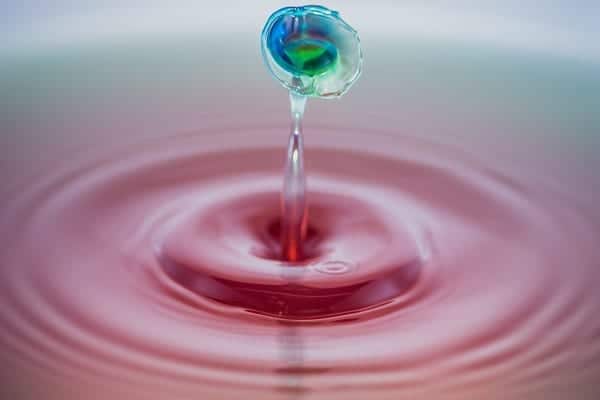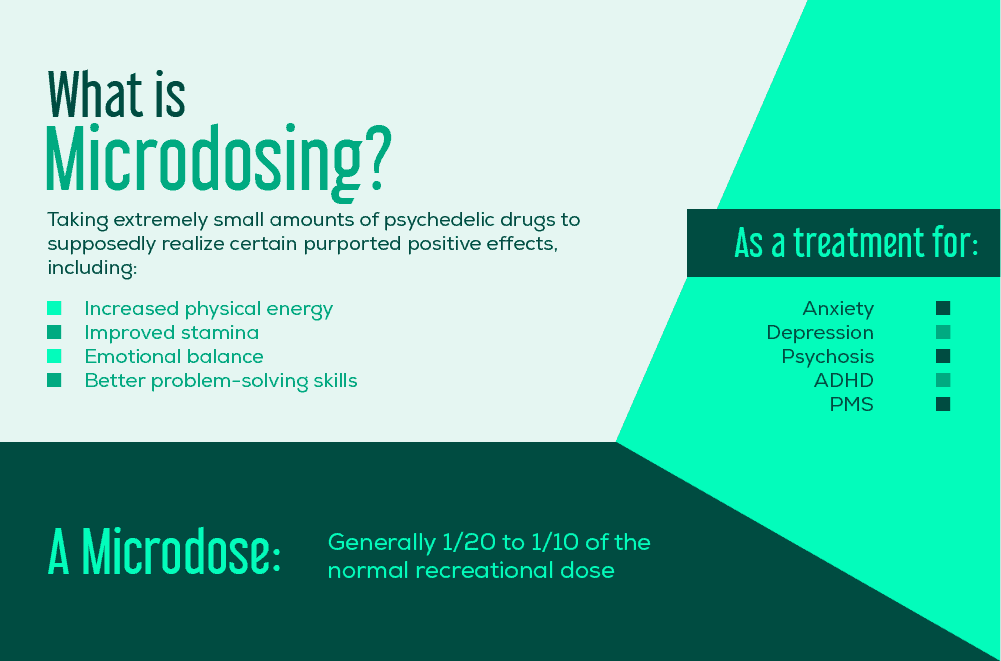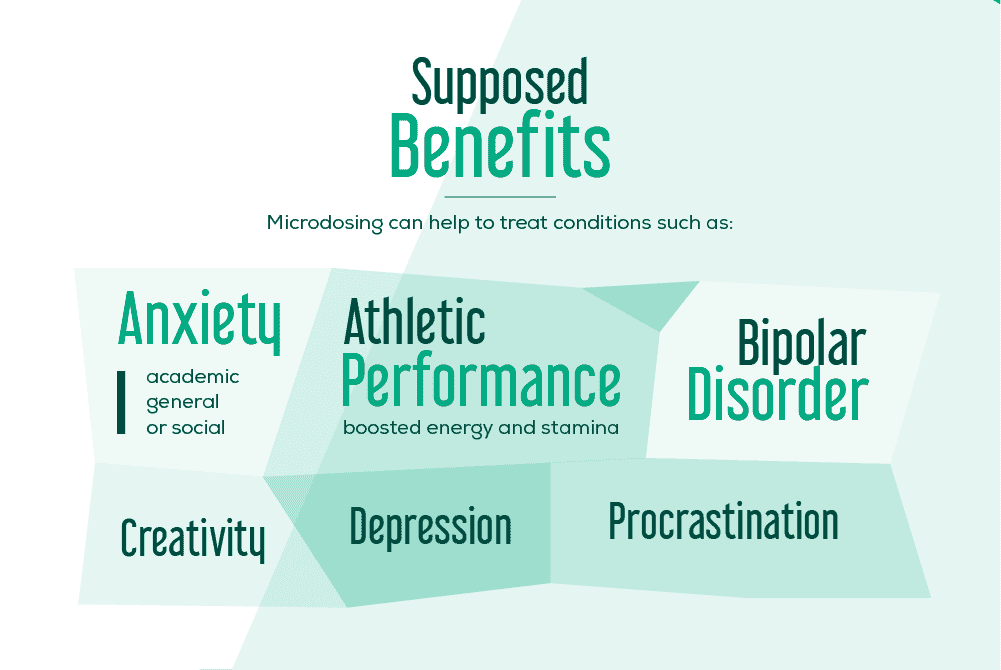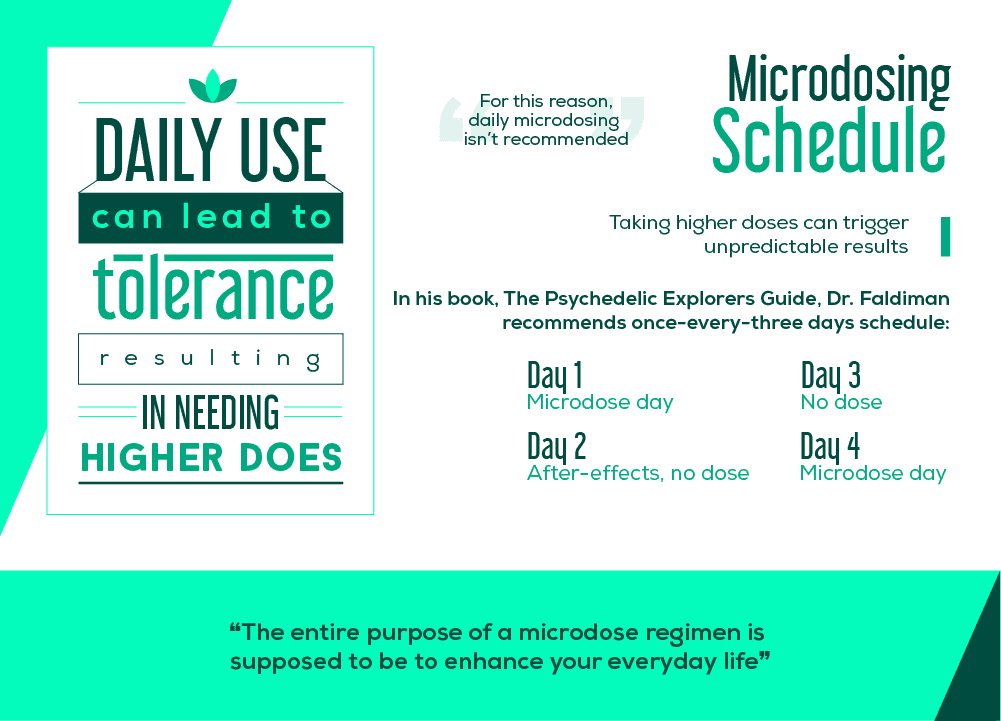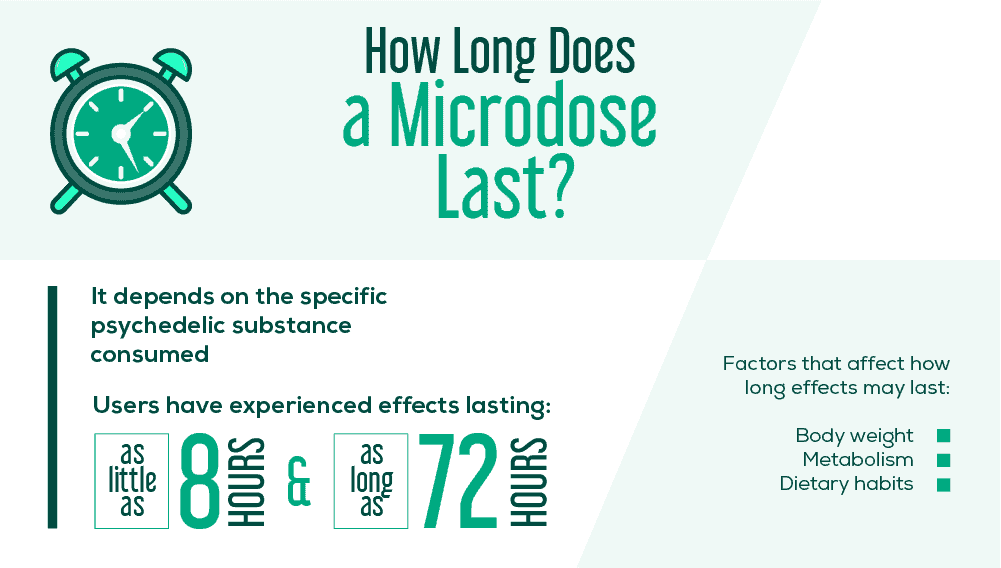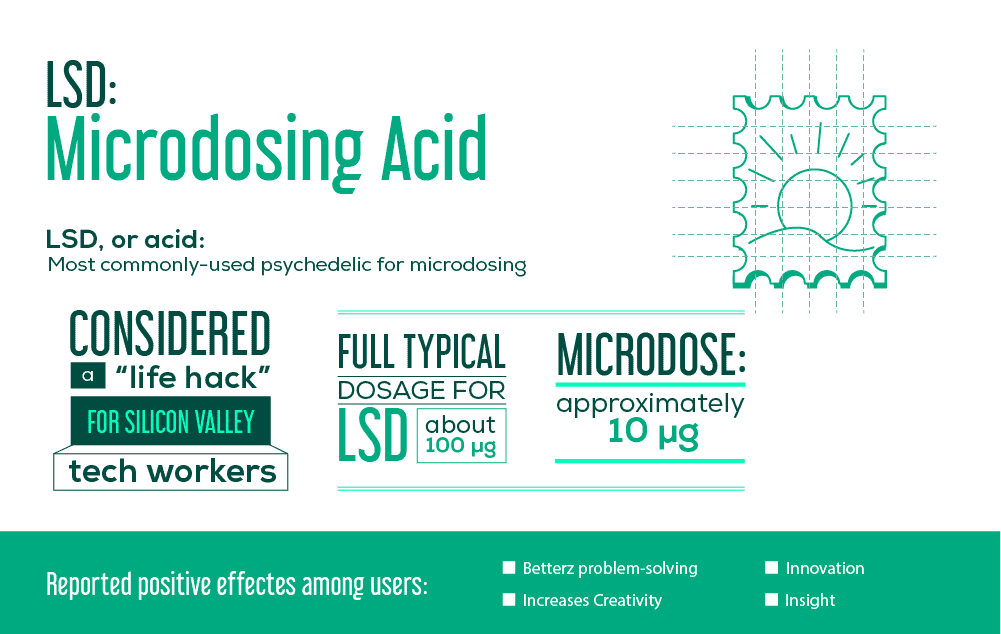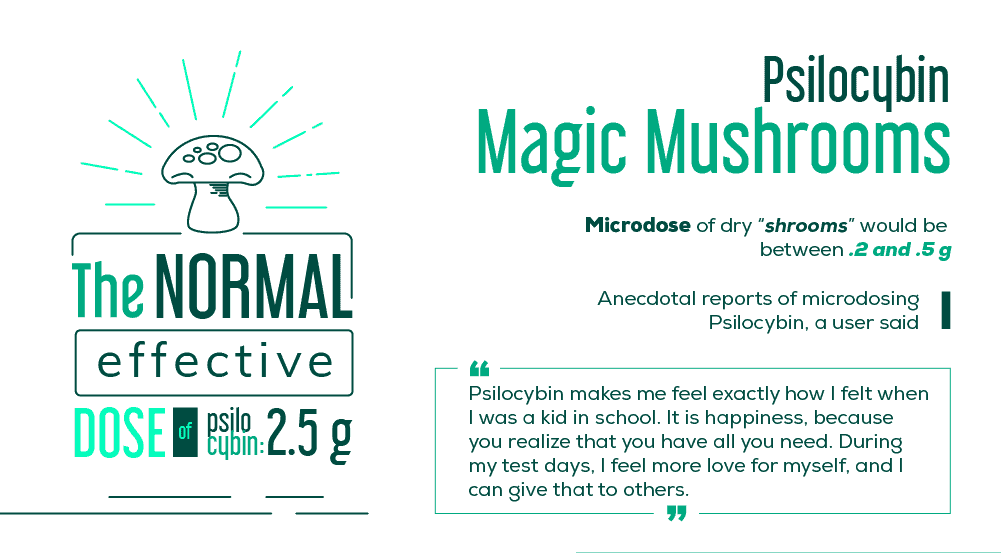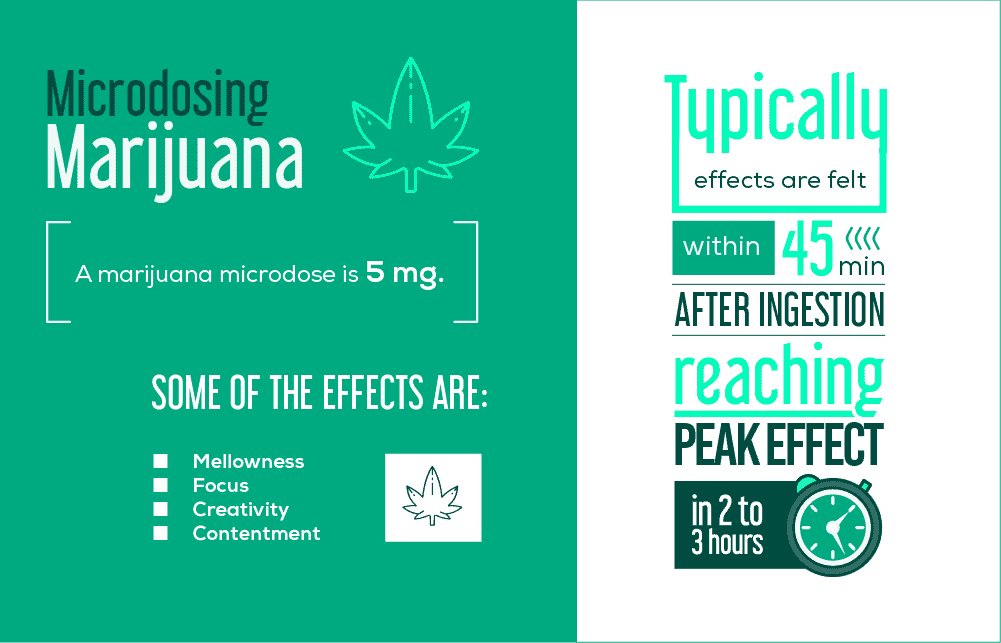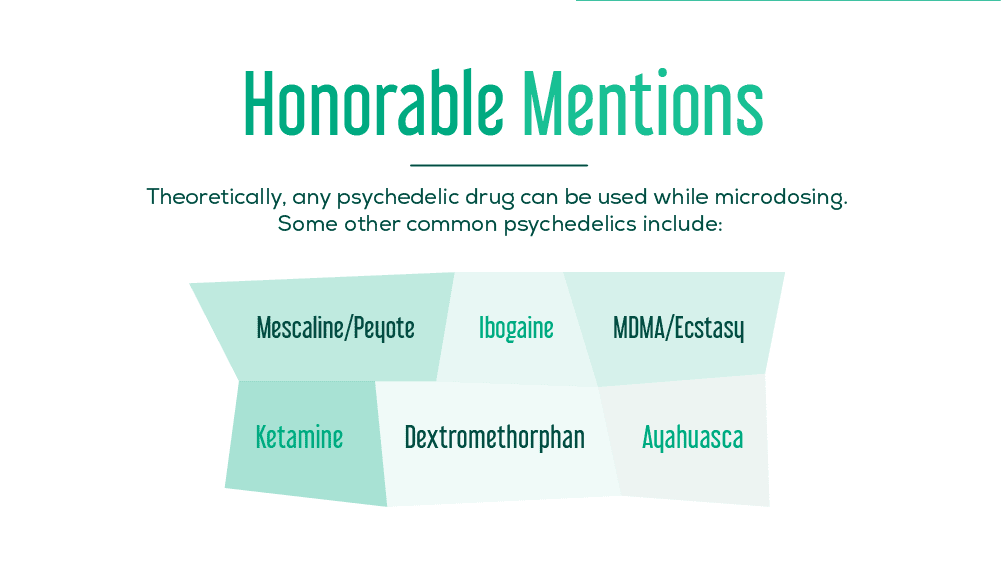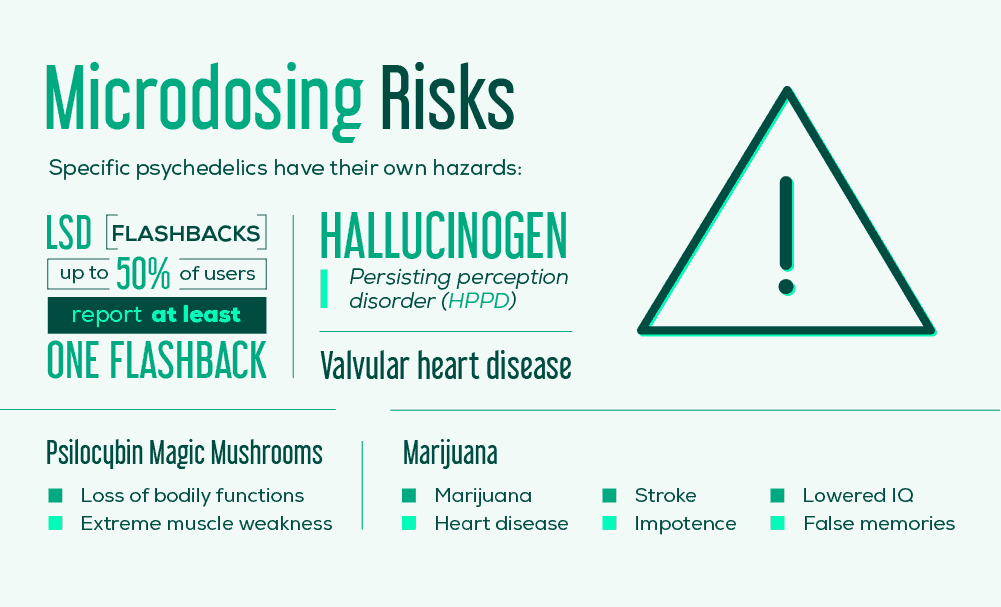Disclaimer: Northpoint and it’s affiliates do not endorse the use of microdosing or any mind-altering substance – especially for those in recovery. This article is purely educational in hopes of providing readers with information they may need to make healthier choices. “People are like, ‘Yeah microdosing!’ But in reality, there is not a single controlled trial ever on this yet. So whether it’s helpful or hurtful we don’t know.” ~ Dr. Stephen Ross, MD, Director, Division of Alcoholism and Drug Abuse, Bellevue Hospital Is microdosing a form of drug abuse? Or, as supporters suggest, is it a safe way to use psychedelic drugs to improve one’s quality of life? Although the practice is gaining in popularity, there are still a lot of unanswered questions about microdosing that should be considered when discussing its safety and effectiveness. Let’s take a closer look at what you need to know about microdosing.
“Get your loved one the help they need. Our substance use disorder program accepts many health insurance plans, this is our residential program.”
First Things First—What is the Definition of Microdosing?
“In fact, true believers make it sound like it’s Adderall, Prozac, a venti Starbucks coffee, and a weeklong meditation retreat combined into a single ingestible substance.” ~ Amanda Fortini, Esquire magazine Microdosing is the practice of using extremely small amounts of psychedelic drugs to supposedly realize certain purported positive effects, including:
- Increased physical energy and performance
- Improved stamina
- Emotional balance
- Better problem-solving skills
- As a treatment for a variety of conditions – anxiety, depression, psychosis, ADHD, and PMS
The idea is borrowed from the pharmaceutical industry’s “minimum effective dose” principle. This means consuming the lowest possible amount that produces the desired effects without also triggering any negative side effects. A “microdose” of a psychedelic drug is typically between one-tenth and one-half the “normal” amount, depending upon the substance. Dosages this small do not usually produce the hallucinatory or psychedelic effects common to such substances, indicating that the dose is “sub-perceptual”. However, proponents of microdosing say that there is a response at the cellular level that results in several positive benefits.
The Supposed Benefits of Microdosing
“What microdosing seems to do is rebalance people. Here’s a generalization, which is how I’ve come to this conclusion: A number of people, by the time they’ve finished a month, say, “I’m sleeping better, I’m eating more healthy food, I’ve returned to yoga and I’m doing meditation.” They’ve improved their relationship to their body ― or their body has improved their relationship to them…What seems to happen with microdosing is that you’re more attuned to your own real needs.” ~ Dr. James Fadiman, Ph.D. Although there is a shortage of verified, peer-reviewed scientific data on any microdosing advantages, there is a plethora of anecdotal reports purporting supposed positives. According to these subjective accounts, microdosing can help in a wide variety of ways:
- Anxiety—academic, general, or social
- Asperger’s Syndrome
- Athletic Performance – boosted energy and stamina
- Bipolar Disorder
- Contentment – aids in “living in the now”
- Creativity
- Depression
- Dexterity – driving, playing a musical instrument, etc.
- Empathy – increased caring and consideration for others
- Healthy choices – better adherence to meditation, yoga, exercise, and diet routines
- Job performance – increased production, greater enjoyment and satisfaction
- Learning – promotes greater focus; languages, computer programming, advanced math
- Menstruation – eases PMS symptoms, pain, and cramping
- Migraines
- Mood elevation
- Obsessive-Compulsive Disorder (OCD)
- Procrastination
- Problem-solving
- Psychotherapy – grants greater personal insight
- Recovery from addiction
- Stuttering
- Trauma – reduces unexpected triggers
- Writing – eliminates writer’s block
“We treat both addiction and co-occurring disorders and accept many health insurance plans. Take a look at our inpatient program.”
What Is a Typical Microdosing Schedule?
“With microdoses, the point would be to create subtle changes in people’s psychophamacology or experience, in much the same way as most traditional pharmaceuticals are used now.” ~ Brad Burge, Multidisciplinary Association for Psychedelic Studies The regular, daily use of any psychedelic drug can lead to tolerance – the need for ever-increasing amounts in order to achieve the same results. And because they affect the brain so profoundly, taking higher doses psychedelics or hallucinogens can trigger unpredictable results. For this reason, microdosing every day is not recommended. In his book, The Psychedelic Explorers Guide, Dr. Faldiman recommends a once-every-three days schedule:
- Day 1 – Microdose day
- Day 2 – Aftereffects, no dose
- Day 3 – No dose
- Day 4 – Microdose day
People experience psychedelic microdosing differently. For that reason, it is recommended that when beginning a microdose schedule, the user should take a day or two off from work and other social commitments. This gives the person an opportunity to judge the effects for themselves. While microdosing, it is important that you not change your daily routine. The entire purpose of a microdose regimen is supposed to be to enhance your everyday life.
How Long Does a Microdose Last?
“It’s like the coffee to wake up the mind-body connection.” ~ Martijn Schirp, hallucinogen enthusiast The duration of a microdose can vary wildly depending upon the specific psychedelic substance consumed. Users have experienced effects lasting as little as 8 hours and as long as 72 hours. Other factors include body weight, metabolism, and dietary habits. For most people: On the first day (Microdose), the full effects are felt, remaining throughout the day. On the second day (no dose), residual effects are felt in a subtle, more balanced manner. Of special relevance, these next-day aftereffects seem to be unique to microdosing. For example, when a full dose of psilocybin mushrooms is taken, it wears off in about 6 hours, while a full dose of LSD wears off in about 12 hours. But when either substance is microdosed, the effects last for more than a day. On the third day (no dose), the user returns to their baseline normal. Practitioners are urged to keep a journal to record their changing thoughts and feelings, adjusting the microdose as needed. 
LSD: Microdosing Acid
“Today I took my first microdose. My senses are ever-so-slightly-heightened, a feeling all but unappreciable, so perhaps it’s psychosomatic…” ~ Ayelet Waldman, A Really Good Day: How Microdosing Made a Mega Difference in My Mood, My Marriage, and My Life LSD, or acid, is the psychedelic substance most commonly-used during microdosing. In fact, it has become a kind of “life hack” for Silicon Valley tech workers wanting to increase their productivity. While a typical dose of LSD is about 100 µg, a microdose is approximately 10 µg. Users self-report several positives:
- Problem-solving
- Creativity
- Innovation
- Insight
LSD molecules are metabolized within a couple of hours, so it is somewhat surprising to discover how long the effects and aftereffects continue to linger after a microdose – up to 72 hours. This means that a person wanting to microdose LSD may need to experiment quite a bit to determine their proper amount and schedule. Otherwise, they run the risk of complications such as tolerance or a “bad trip”. A 2017 study conducted by the University of North Carolina discovered that LSD’s psychedelic longevity is due to how its molecules fit into the brain’s receptors. Interestingly, the receptor protein folds over the LSD like a tight-fitting lid, thereby trapping the drug inside.
Psilocybin: Microdosing Magic Mushrooms
“What you get is the best parts of Adderall with none of the side effects. You function better physically and mentally. You find the office jerk bearable and you’re more compassionate about the flaws of others. You feel you’ve had a pretty good day.” ~ Dr. James Fadiman Because the normal effective dose of psilocybin magic mushrooms is 2.5 g, a microdose of dry “shrooms” would be between .2 and .5 g. This range is necessary, because there is a significant variance between different strains of mushrooms and truffles Besides different strains, another important factor that can influence a safe and effective psilocybin microdose is the need to properly process the mushrooms. First, they must be dried. Then, because their size and shape is not uniform, it is recommended that the dried mushrooms be ground into a fine powder, for easier weighing and measuring. Some tutorials even suggest encapsulating the powder for convenience and consistency. This process can be time-consuming, but if it is skipped altogether, it becomes far too easy to misjudge the dosage amount. Anecdotal reports of magic mushroom microdosing rave about the effects. One subject said, “Psilocybin makes me feel exactly how I felt when I was a kid in school. It is happiness, because you realize that you have all you need. During my test days, I feel more love for myself, and I can give that to others.”
Cannabis: Microdosing Marijuana
“Our bodies are already working to prevent dementia, reduce inflammation, and respond to any pathological process. If we can enhance the functioning of that system with a little bit of extra THC, we can benefit.” ~ Dr. Dustin Sulak, D.O. People who microdose marijuana prefer to do so with edibles rather than by smoking because they can achieve predictable results. Because of a variety of factors—amount and potency of the marijuana in the joint or device, depth of the inhale, etc.—smoking is the most imprecise method of microdosing marijuana. However, with commercially-sold cannabis edibles, it is easier to microdose marijuana, because the amount of THC in the product is regulated and printed right on the package. For example, a regular “serving size” in Colorado contains 10mg of THC. In fact, microdosable edibles are one of the fastest-growing sectors of the marijuana industry. A marijuana microdose is 5 mg. Typically, effects are felt within 45 minutes after ingestion, reaching peak effect in two to three hours.
- Mellowness
- Focus
- Creativity
- Contentment
What Other Substances Can Be Microdosed?
“There’s much greater connectivity — parts of the brain that rarely talk to each other … talk to each other.” ~ Dr. David Nutt, President, European Brain Council Theoretically, any psychedelic drug can be used while microdosing. Some other common psychedelics include:
- Mescaline/Peyote
- Ibogaine
- MDMA/Ecstasy
- Ketamine
- Dextromethorphan
- Ayahuasca
“We accept many health insurance plans. Get your life back in order, take a look at our residential program.”
Microdosing Risks: What You Need to Know
“Someone might be expecting a kind of sparkly day, just a really productive day at work—and next thing you know, they’re grasping hold to their office chair wondering why the world is dissolving.” ~ Dr. Matthew Johnson, Ph.D., Johns Hopkins Hospital Despite all of these compelling—yet unscientific—subjective reports about the supposed benefits, the risks of microdosing cannot be ignored:
- Most psychedelics are illegal, making possession and use a crime punishable by prison time.
- Consequently, most psychedelics are unregulated. This means that there is no easy way for users to know what they are getting, in terms of purity, potency, and safety.
- Unregulated products can make it difficult to determine the correct microdose.
- Inaccurate microdosing can lead to either an unexpected full-blown psychedelic experience or even an unpleasant bad trip.
- Psychedelics are associated with certain mental illnesses, including panic attacks, psychosis, or schizophrenia.
- Tolerance and cross-tolerance with other psychedelics.
In addition, specific psychedelics have their own hazards:
- LSD
- Flashbacks – up to 50% of users report at least one flashback
- Hallucinogen-Persisting Perception Disorder (HPPD)
- Valvular heart disease
- Psilocybin Magic Mushrooms
- Extreme muscle weakness
- Loss of bodily functions
- Marijuana
- Heart disease
- Stroke
- Bone disease
- Impotence
- Testicular cancer
- False memories
- Lowered IQ
- Cross-addiction to other substances
- Fetal development
- Cannabinoid Hyperemesis Syndrome
What are the Current Limitations of Microdosing Research?
“If you’re connected to an academic research institution, a research hospital, are a physician in a clinic or have a solo practice, it is easier and easier to get government approval to do research. However, it is equally obvious that 99% of psychedelic users do not sign up for research projects and are very, very unlikely ever to do so.” ~ Dr. James Fadiman LSD was introduced for psychiatric use in 1947, eventually being prescribed to over 40,000 patients. In 1965, however, after governmental concerns regarding illicit use within the general population, production of LSD was halted. From that point forward, LSD was distributed only for approved scientific research, on an extremely limited basis. But by the early 1980’s, even that declined sharply, and by the turn of the century, there was very little legitimate research still being conducted. Even today, most of the research involving psychedelics focus on “full dose” treatments and the resultant effect on the brain.
What’s the Bottom Line about Microdosing?
“The scientific basis is pretty shaky right now. Its benefits are plausible and very interesting, but the claims of ‘everything fits together and goes right and you’re in a good mood and in the flow,’ well, we all have those types of days regardless of any pharmacological intervention.” ~ Dr. Matthew Johnson It cannot be stressed enough that self-medicating with potent – and often illegal – psychedelic drugs in an attempt to treat mental health disorders is extremely risky. This is especially true since there are no peer-reviewed scientific studies supporting this practice. Microdosers run the risk of accidentally ingesting an unknown substance or taking too much of a powerful psychedelic and subsequently causing themselves serious psychological or physical harm. Despite the personal accounts, the best way to move forward is via the same route taken whenever ANY new drug is developed. It is a process, and there are no safe shortcuts. There is also the possibility that microdosing does nothing, that any “benefits” experienced are the result of a placebo effect. Dr. Johnson says that the sub-perceptual effects of microdosing are so subtle that they “fall within the range of barely perceptible, and it’s right in the range where people can so easily fool themselves.”
What Did you Think About This Blog?
Give it a Rating!

